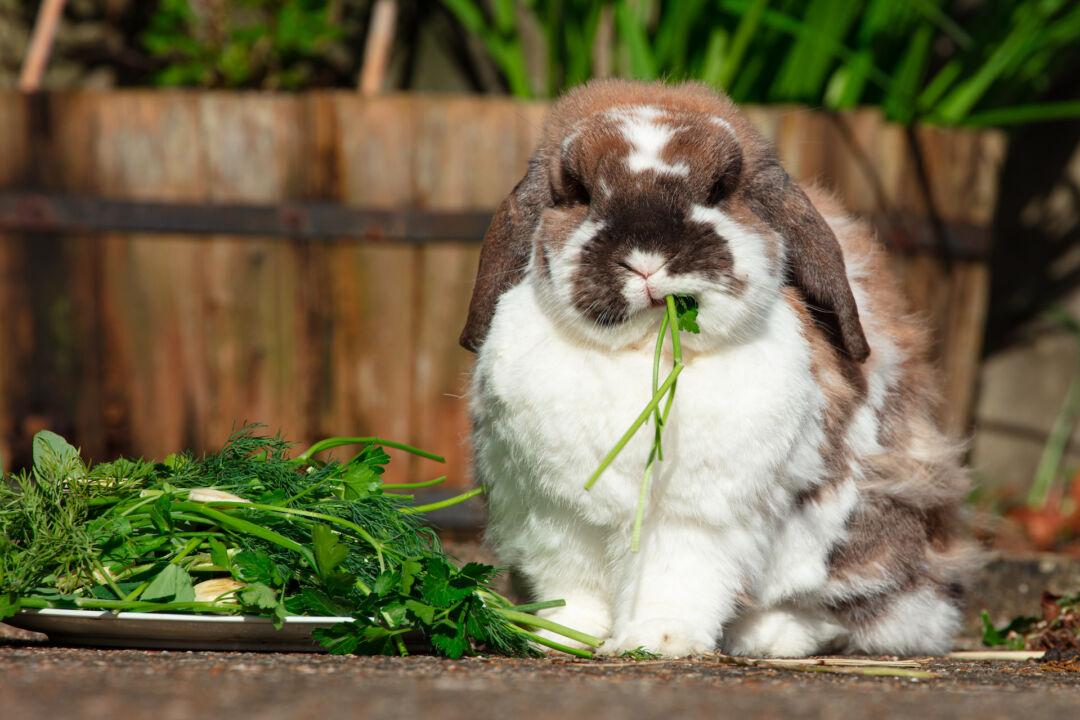Garlic is more toxic than onions, which are more toxic than shallots, leeks, scallions, and chives. In general, the Allium species with the strongest odors and flavors are the most toxic.
These vegetables are dangerous to dogs, whether raw or cooked. Garlic powder, onion powder, and other dehydrated versions are the most concentrated and, therefore, the most toxic.
Garlic, onions, and related vegetables damage the red blood cells that carry oxygen throughout the dog’s body. Several days after ingestion, the red blood cells disintegrate.
This red blood cell destruction is called hemolytic anemia. “Hemo-” is Greek for blood, and “-lytic” means to break apart. Anemia is the resulting deficiency of red blood cells.
Clinical signs may include pale pink or yellow gums, lethargy, weakness, rapid breathing and heartbeat, jaundice, and red-to-brown urine.
This process doesn’t occur in humans who eat garlic and onions because our red blood cells contain much more of the erythrocyte catalase enzyme that protects the cells from damage, and the human enzyme is substantially more active than the canine erythrocyte catalase enzyme.
If your dog ever does manage to wolf down some garlic or onion, contact your veterinarian immediately.
Clinical signs range from mild to severe. Mild asthma is characterized by intermittent coughing that’s sometimes confused with vomiting hairballs, except no hairballs are produced. You may also hear wheezing.
At the other extreme, a life-threatening asthma attack is marked by severe respiratory distress with rapid, open-mouth breathing and exaggerated abdominal movements. If this happens, get Margie to a veterinarian immediately.
These attacks can occur for no apparent reason or be triggered by allergies, smoke, or aerosol sprays.
Treatment focuses on reducing airway inflammation and constriction. Most cats start therapy with an oral steroid and sometimes a bronchodilator, and many transition to a steroid delivered through a metered dose inhaler such as the Flovent you use. The cat inhales the steroid through an Aerokat or similar device, modeled on the spacer and face mask designed for human infants with asthma.
Keep Margie indoors to minimize exposure to pollens and other common allergens, and don’t smoke in your home or use spray products near her. In addition, choose a dustless cat litter and replace your home’s furnace filters regularly.
Fortunately, feline asthma carries a good prognosis.





